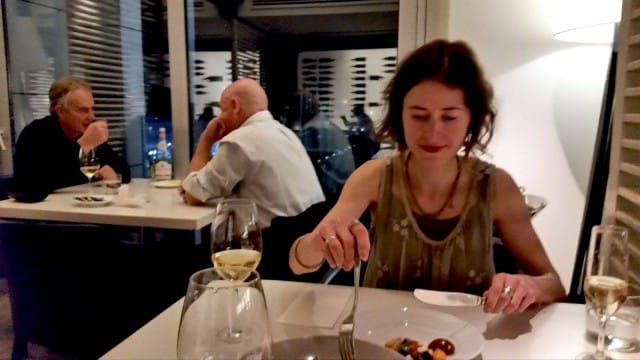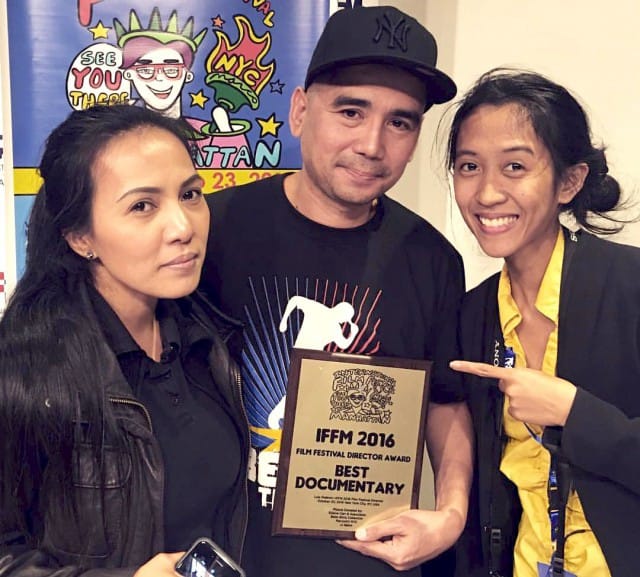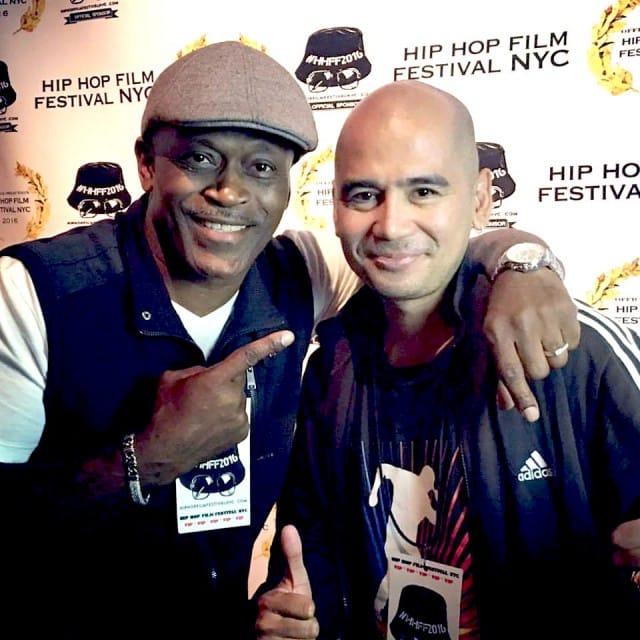

Värttinä & Paleface going to Sziget and… That’s NOT all Folks
[b][i]Upcoming Sziget Festival 2018[/i][/b] By [b]Rory Winston[/b] & [b]Karolina Alanko[/b] Among the many renowned artists slated for Budapest’s [b]Sziget Festival 2018[/b] is the highly original folk/ethnic/world music band known as…

Advance Signs in Hindsight
[b]Chester Bennington’s Volt Festival Gig[/b] By [b]Rory Winston[/b] Could you see it coming? Could you even hear it coming? No. It’s not very likely anyone had. At least, I didn’t….

A Rumor with a View
[i]Reprinted with the permission of the NY Resident Magazine[/i] By [b]Rory Winston[/b] “Please. A quick look. Just takes a second. Yeah, I know I’m really bad with faces but I…

In Two Words
[i]Some of the content is based on material that has been previously published by The NY Resident Magazine. Those parts are reprinted herein with the magazine’s consent [/i] By [b]Rory…

Sziget Shines Bright
By [b]Rory Winston[/b] Photos by [b]RockStar Photographers[/b] Hitting the stage with their usual dose of high octane folk rock, the ethnic fusion band [b]Värttina[/b] has clearly not had any of…

Lock, Pop & Break Free
By [b]Rory Winston[/b] “I came through it and I shall return,” railed [b]Douglas MacArthur[/b] during WWII in 1942 as he fled from the Philippines moments before the Japanese invasion. A…

In the Shadows of the Dark Continent
[quote]The opposite of love is not hate, it’s indifference." – Elie Wiesel; Nobel laureate & Auschwitz/Buchenwald survivor [/quote] By[b] Rory Winston[/b] “Empathy suffers from jet-lag – it often wakes up…

Mass Murder Meets Mass Media : the Rise of ISIS Unlimited
AN EXCLUSIVE WITH ANAT HOCHBERG-MAROM, AN ISRAELI COUNTER-TERRORIST EXPERT WHO SEES MARKETING AS A NECESSARY WEAPON FOR DEFEATING ISIS. By [b]Rory Winston[/b] Way before idiosyncratic fictional characters like Homeland’s Carrie…

The Calendar Woman
[b][i]Annie Leibovitz reinvents the Calendar Girl in a feminist tour de force[/i][/b] By[b] Rory Winston[/b] “Photographs shock insofar as they show something novel,” commented [b]Susan Sontag[/b] while also coming to…

A Language All Its Own
[i]Reprinted with the permission of the New York Resident Magazine[/i] [b]HALF-GEORGIAN HALF-RUSSIAN, ALEX POP SPEAKS FLUENT MUSIC[/b] By [b]Rory Winston[/b] [b]Joseph Conrad[/b], [b]Vladimir Nabokov[/b]… Not only had some brilliant English…









